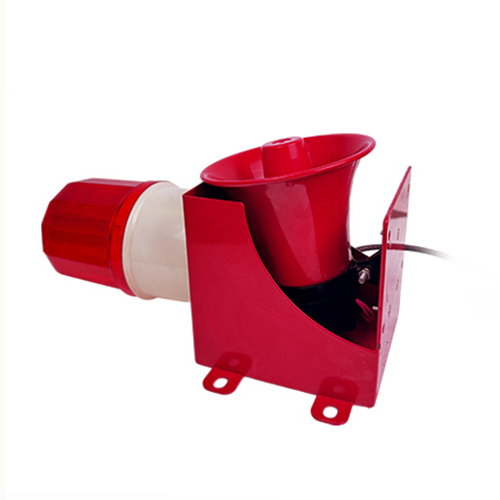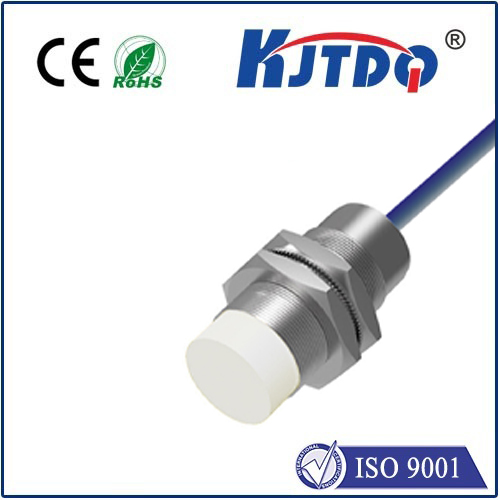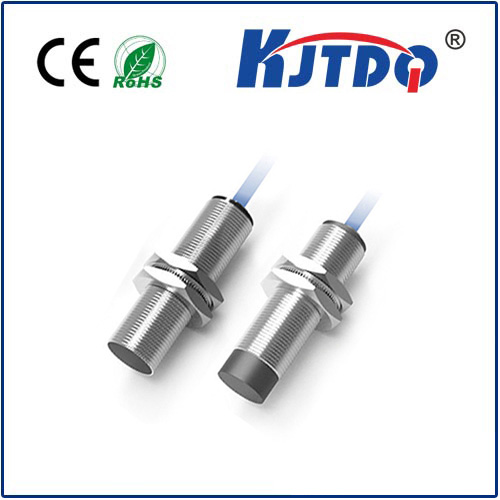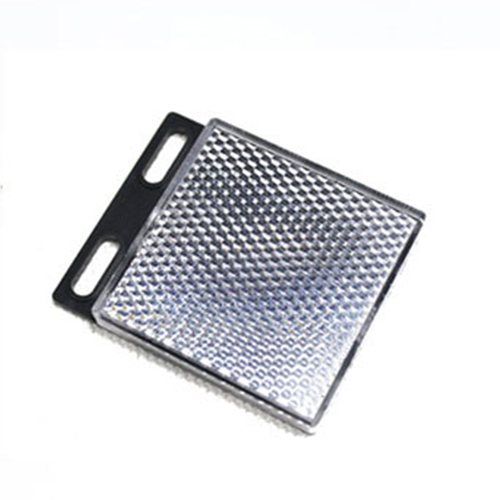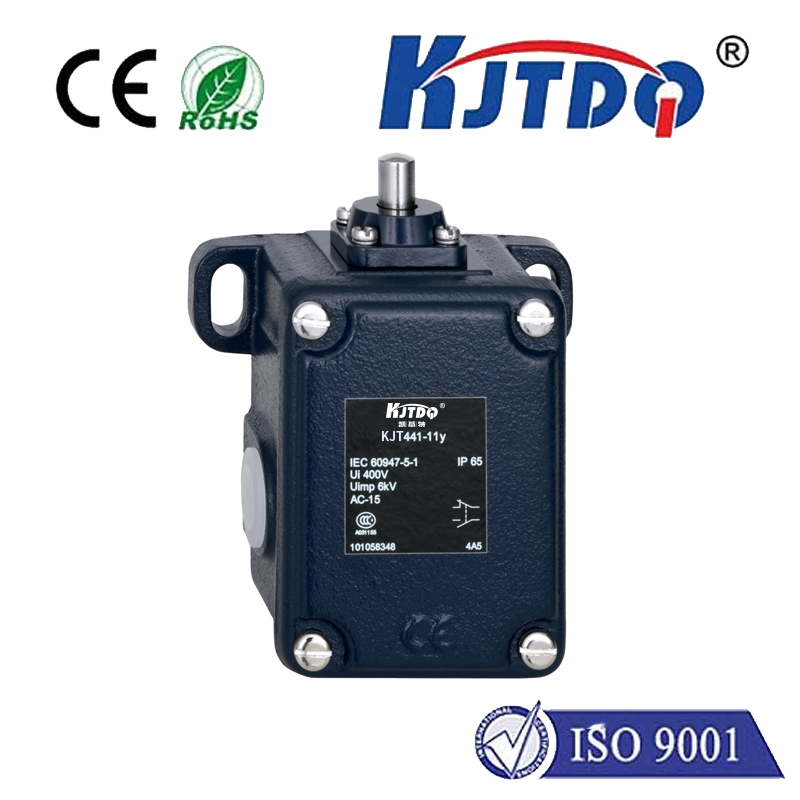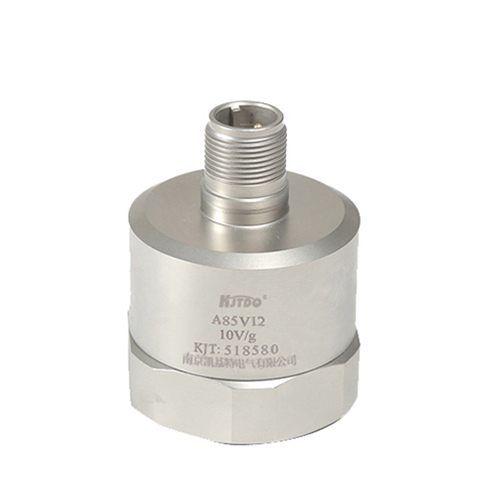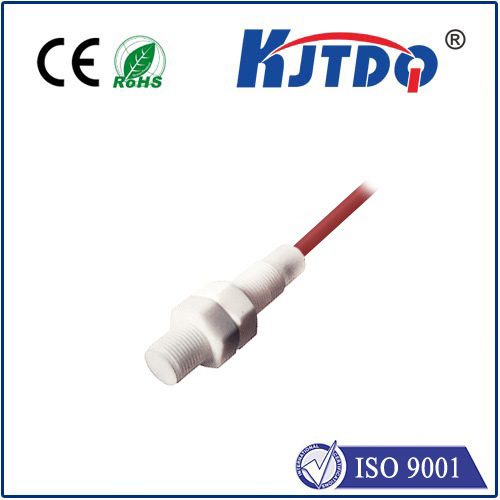

check

check

check

check
The Essential Guide to the Limit Switch 8108: Optimizing Industrial Safety and Precision
Imagine an automated assembly line humming with flawless efficiency, where machines move with pinpoint accuracy—no jams, no malfunctions, and zero safety risks. What makes this possible? Often, it’s a small yet mighty device known as a limit switch. Among these, the limit switch 8108 stands out as a cornerstone in modern engineering, ensuring everything from robotic arms to conveyor belts operate at peak performance. But what exactly is this component, and why should it matter to engineers and facility managers alike? In this guide, we’ll dive deep into the world of the limit switch 8108, uncovering its features, applications, and critical benefits for industries worldwide. With automation reshaping our factories and warehouses, understanding this tool isn’t just helpful—it’s essential for staying ahead in a competitive landscape.

A limit switch, at its core, is a mechanical device that detects the presence or position of an object and triggers a response, such as stopping or starting a machine. Think of it as a vigilant sentinel in an automated system, preventing collisions and enabling precise motion control. The 8108 model, often manufactured by leading brands like Honeywell or Schneider Electric, builds on this foundation with enhanced durability and versatility. Specifically designed for heavy-duty environments, it features a robust construction that withstands harsh conditions like dust, moisture, and temperature extremes. This makes it an ideal choice for sectors ranging from manufacturing to automotive, where reliability can’t be compromised. By incorporating advanced materials, such as stainless steel contacts and sealed housings, the 8108 ensures consistent operation even after millions of cycles, reducing costly downtime. In essence, it transforms basic detection into a seamless safeguard, helping systems run smoother and safer.
When examining the key characteristics of the limit switch 8108, several attributes make it a standout performer in the market. First and foremost, its high mechanical rating allows for prolonged use without wear, typically rated for over 10 million operations—a game-changer in high-traffic industrial settings. Electrically, it supports flexible wiring with options for DC or AC voltages, accommodating systems from 5V to 250V. This adaptability means it integrates effortlessly into diverse setups, whether you’re retrofitting old machinery or designing new automation lines. Moreover, the 8108 offers easy configurability through multiple actuator types, such as lever arms or roller plungers, which can be customized for exact positioning needs. For instance, in a packaging plant, this feature enables precise detection of boxes on a conveyor belt, halting movement instantly if items misalign. Not to mention, its compact size and IP67-rated enclosure provide superior protection against contaminants, ensuring it functions flawlessly in environments like food processing or outdoor installations. These elements combine to deliver unmatched efficiency, cutting energy waste and maintenance costs by up to 20%, according to industry studies on similar devices.
The versatility of the limit switch 8108 shines through its wide-ranging applications across various sectors. In manufacturing automation, it serves as a critical component for position sensing, such as detecting when robotic arms reach end points—this prevents over-travel that could damage delicate components. For instance, automotive assembly lines rely on the 8108 to coordinate welding robots, enhancing accuracy while boosting production speeds by 15-30%. Moving to safety-critical areas, like elevator systems, it acts as a fail-safe by monitoring door positions and triggering halts if obstructions occur, directly reducing accident risks. In renewable energy setups, such as wind turbines, the 8108 assists in blade alignment, optimizing energy capture even in turbulent conditions. This adaptability extends to consumer applications, too; smart home integrators use it in garage doors to ensure smooth opening and closing, avoiding pinching hazards. Overall, the model’s compatibility with PLCs (Programmable Logic Controllers) makes it a breeze to implement, allowing for real-time adjustments via IoT networks. As industry trends shift towards smarter factories, the 8108’s role in enabling scalability and remote monitoring is invaluable.
Beyond technical specs, the benefits of integrating a limit switch 8108 are profound and multifaceted. One of the most significant advantages is enhanced operational safety: by instantly disconnecting power during malfunctions, it protects workers and equipment from potential hazards, such as crushing or electrical surges. This safety-first approach not only complies with regulations like OSHA standards but also builds trust in automated environments. On the efficiency front, its precision eliminates guesswork in position control, leading to fewer errors and scrap rates—imagine a bottling plant where every misaligned cap is caught early, saving thousands annually. Economically, the long service life minimizes replacement cycles; with maintenance intervals often doubling compared to generic switches, businesses see a quick ROI through reduced labor and parts costs. For sustainability, energy savings come into play, as the 8108’s efficient switching cuts idle power consumption, contributing to greener operations. Feedback from users consistently highlights how it simplifies workflows, freeing teams to focus on innovation rather than troubleshooting. In essence, investing in this device fosters a culture of reliability and progress.
To wrap up, practical considerations for choosing and installing the limit switch 8108 ensure optimal results. Start by assessing your environment: for high-dust areas, seek units with enhanced sealing, while corrosive settings benefit from stainless steel variants. Calibration is straightforward—align actuators to match target points within millimeters for flawless detection. Regular inspections, such as cleaning contacts annually, extend lifespan significantly. Remember
